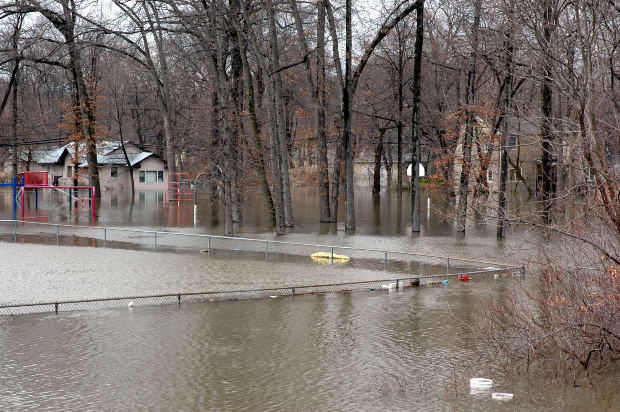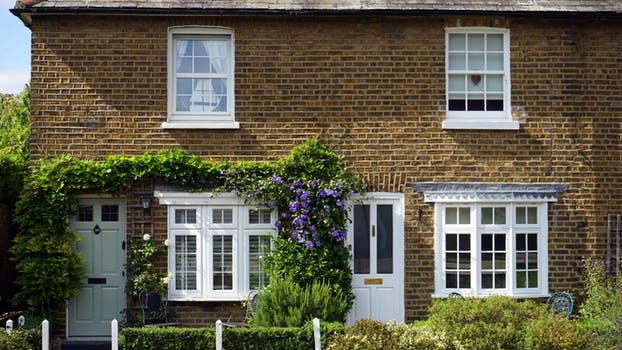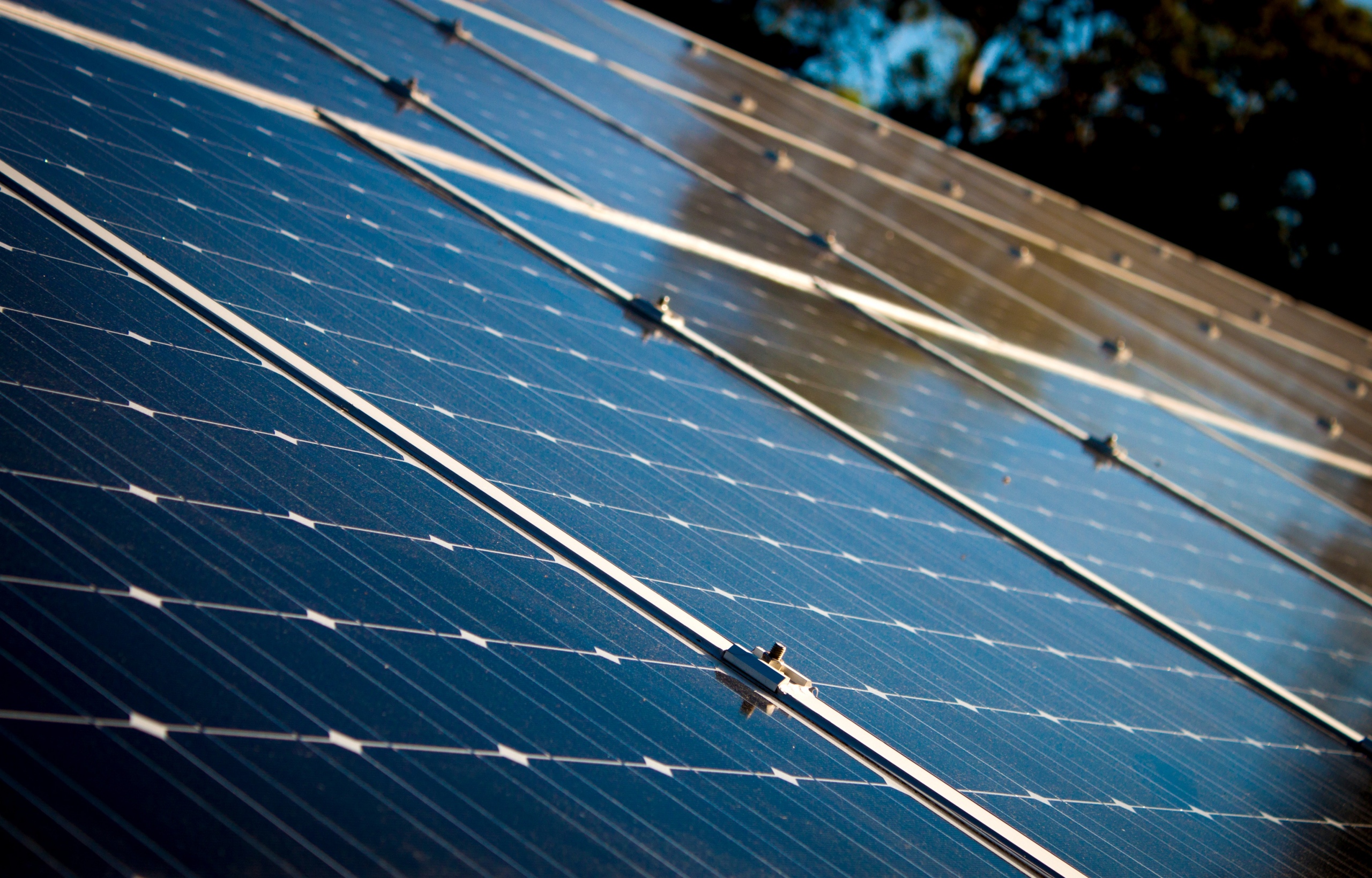One of the most common hazards in the country is floods. No floods are alike. Some can develop slowly, while others can develop within minutes even without heavy rain known as flash floods. They can affect large areas, entire river basins and multiple states, and others can be small only affecting a single neighborhood. No matter where you are, you can still be at risk to floods, though low lying areas are the most affected of all. Even small creeks and dry stream beds that look so harmless in dry weather can pose flooding risks.
Being Prepared Before A Flood
Wherever it rains, it can flood, so never think that living in a neighborhood known to have little risk of flooding is safe. You might never have experienced a flood before, but that does not mean that you will not experience one or two in the future. The risks that accompany flooding are not based on history, but rather on various factors such as flood control measures, rainfall, river flow and land changes due to development and construction.
This is why communities are provided with flood hazard maps to educate people about the risks of flood in every area. Such maps assist many homeowners in determining the proper flood insurance coverage they must get as most homeowners insurance does not include flooding. Nevertheless, the lesser risk of flooding in your neighborhood, the lower the premium will be.
Though flood insurance can ensure security and coverage to help people recover after the chaos, it is still essential that you take certain measures to prepare your family and home for floods. Some measures are –
- Putting together an emergency kit
- Setting a communication plan for the family and to emergency / disaster assistance
- Elevating water heater, electric paneling and furnace
- Installing check valves to help prevent flood water backing up in the drains of your home
- Sealing basement walls with waterproofing compounds
- Constructing flood barriers from entering your home
Why Does It Flood?
There are many contributing factors to flooding and being aware of these factors will help you determine the flood risks in your neighborhood. They can also help you apply maximum flood prevention and emergency plans.
-
Hurricanes And Tropical Storms
Sadly, hurricanes can inflict serious damage with heavy rain, high winds and fly debris, making them the most dangerous natural disaster. They can inflict storm surges and bring in heavy rain resulting in severe floods. When hurricanes weaken to tropical storms, they cause rainfall and flooding that are isolated resulting in damages. Coastal areas are always at risk and some cities are also vulnerable causing losses either similar or worse than brought on by Hurricane Katrina in 2005.
-
Heavy Rains
Flooding is also caused by heavy rains which several areas of the country are at risk to. In fact, La Nina conditions that include heavy rain and snowmelts can lead to flooding. Wildfires in certain areas have also altered ground conditions and landscapes, thus allowing fire scorched land to develop mudflows whenever it rains heavily. Any excessive amount of rainfall can occur at any time of the year and it can lead to serious property damage, injuries and even death.
-
The Thawing Of Snow
Frozen land prevents snow from melting and it can also prevent rain to seep into the earth. Since a cubic foot of snow is equivalent to gallons of water, it can lead to streams, lakes and rivers overflowing when snow thaws. Storms can also accompany Spring when snow generally thaws out causing serious flooding.
-
Flash Floods
Aside from hurricanes, flash floods are a killer punch as they are so powerful, that they can pull out trees, drag large rocks and damage buildings. Thunderstorms can also bring in flash floods that can fill in low lying areas within hours. Though flash floods are often caused by nature, the collapse of dams and other barriers can lead to flash floods.
-
Land Development
While flooding is normally caused by natural factors, it can also be caused by man. Consistent land development and construction of parking lots, roads and buildings can lead to the change of natural drainage resulting to new flood risks. This is due to the reduction of land that can absorb excess water from heavy rains, tropical storms and hurricanes.
Citations:
- Photographed by : kconnors
Featured images:
License: Royalty Free or iStock
source: http://mrg.bz/HAMZi1
Valerie Renier is a freelance writer specializing in the latest apps and gadgets, insurance and safety preparedness topics. She offers information about calamities that require extensive awareness and preparation for human survival. She also recommends Accredited Insurance for complete security in cases of accidents, injuries and damage.





